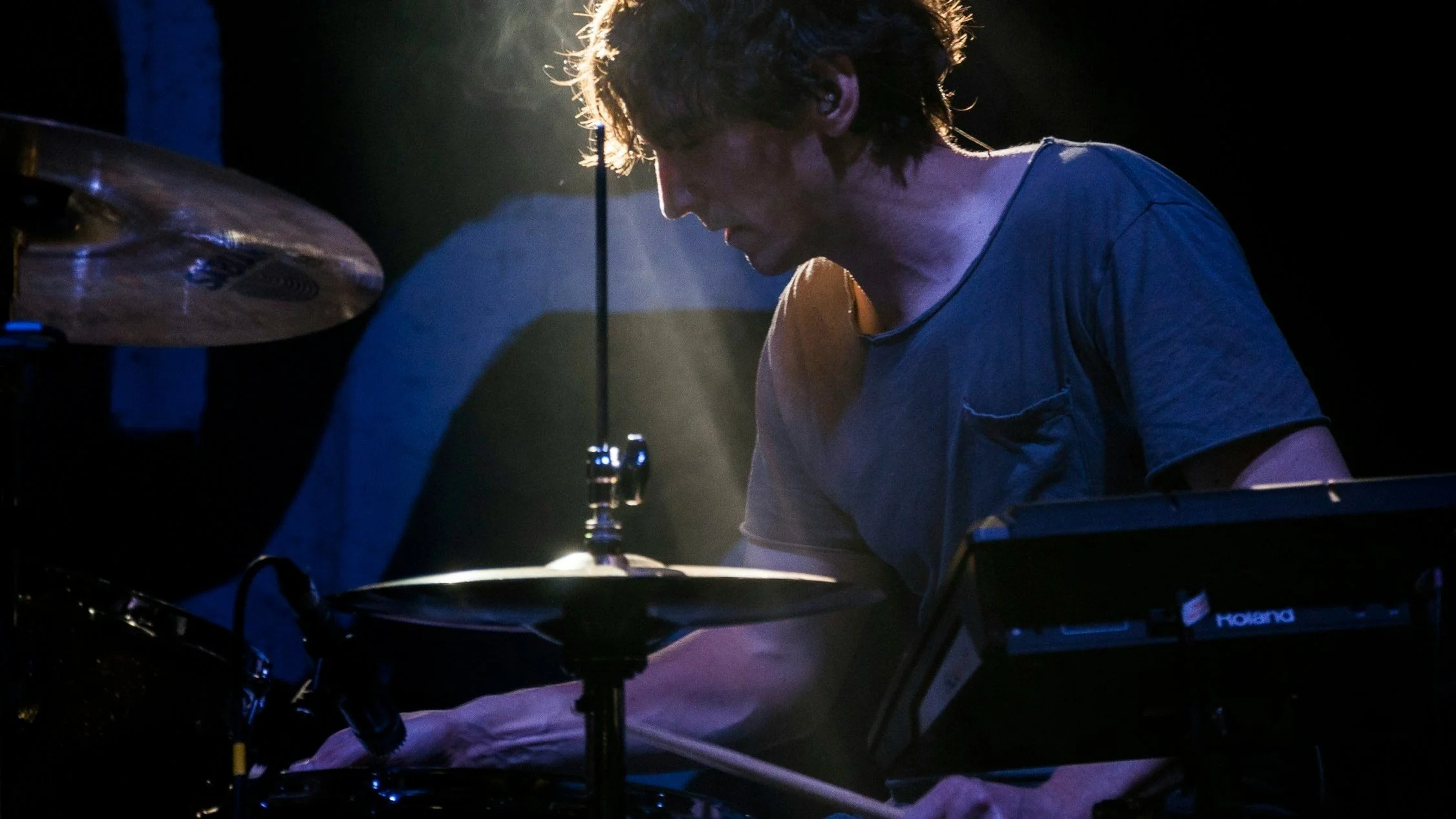Layering - add depth with distance and overlap
Ever look at a photo and feel like you’re looking into it, not just at it? That sense of depth usually comes from layering — the use of foreground, midground, and background elements that give the image dimension and space.
Layering isn’t just about stacking objects. It’s about arranging your scene so the viewer can move through it visually, discovering elements at different depths.
Even with a smartphone’s wide-angle lens, layering is one of the most effective ways to create a rich, immersive photo. You don’t need special gear — just awareness of space and positioning.
What is layering in photography?
Layering is the intentional inclusion of multiple spatial zones in a single image:
Foreground: Elements closest to the camera
Midground: The main subject or context
Background: The setting, environment, or visual support
These layers work together to create:
Depth
Context
Storytelling
Flow
Layering often includes overlap — where one element partially blocks another. This overlap helps establish relative distance and guides the viewer’s movement through the frame.
Why layering works
Adds depth: It creates a three-dimensional feel on a flat screen
Builds visual hierarchy: Viewers see what’s closest, then move deeper
Enhances storytelling: You can show more than just the subject — you show the world around it
Controls flow: Layers guide the eye through your composition
Good layering makes your photo more immersive — and more emotionally engaging.
How to use layering with your smartphone
Find a foreground element
This could be leaves, hands, signs, fabric, glass, or any object near the lens. Even out-of-focus foreground shapes add depth.Keep a clear subject in the midground
The story happens here. Make sure this element stands out in focus and contrast.Include a supporting background
Choose a background that enhances the story without distracting. Use depth of field or tonal contrast for separation.Change your position
Crouch low, shoot through something, or step to the side. Moving changes how layers stack.Let elements overlap
Don’t keep everything apart — allow subjects to partially block each other to show depth.
When layering works best
In storytelling scenes with people or context
In travel and landscape photography where space matters
In portraits to add framing or mood
In busy environments — layering helps organize the chaos
Layering is especially useful when the scene has multiple points of interest.
When to simplify instead
In minimalist or graphic shots where space matters more than depth
When your subject needs isolation or clarity
In very flat lighting, where layering might add clutter instead of contrast
If layers don’t support the subject — they compete with it.
Did you know?
Layering is a compositional technique used in painting, film, and theatre as well. Renaissance artists painted in depth, using perspective and overlapping to lead the eye through the scene. In photography, street and documentary photographers like Alex Webb and David Alan Harvey are known for dense, multi-layered images that tell stories on several visual levels.
Tips for better layering
Start simple: One element per zone is enough — don’t overcomplicate
Use shallow depth of field when possible: Blur helps layers separate
Shoot through: Try framing with glass, branches, curtains, or doorways
Look for depth in movement: A person walking behind another becomes a natural second layer
Common mistakes
All elements in one plane — creating a flat image
Cluttered scenes without visual separation
Weak foregrounds — too small or too detailed to support the image
Poor subject clarity — midground subject should be the visual anchor
Depth should support your story — not confuse it.
Related techniques
Use the search bar above to search for any composition technique, including the below:
Frame within a frame
Leading lines
Foreground interest
Negative space (used between layers)
Triangles and perspective
Conclusion
Layering brings your image to life. It pulls the viewer into the scene, gives space for story, and creates a sense of being inside the photo — not just looking at it. With just a foreground, subject, and background, your smartphone images can gain professional-level depth and richness.
📘 Layering — and dozens of other depth-building techniques — are taught in Stronger Photo Composition - 4-Step System. Whether you're shooting people, places, or moments, this guide shows you how to build dimension with purpose.
👉 Buy the physical book or PDF version of Stronger Photo Composition - 4-Step System


